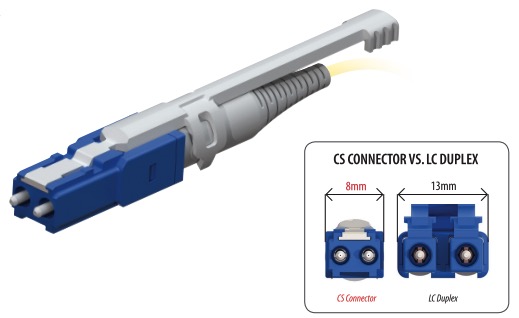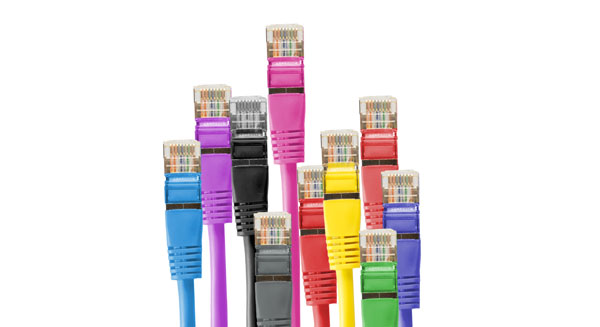What is PAM4? PAM4 is short of pulse amplitude modulation 4. It is a modulation technology that uses four different signal levels for signal transmission. it with an additional two levels compared with the NRZ (non-return to zero) modulation. This means that, under the same baud rate, the bit rate of PAM4 signals is twice […]
Author: FOWIKI.com
Comparison of Cisco QSFP-DD800 Transceiver Modules
The QSFP-DD800 optical transceivers introduce 8x100G and 2x400GGBASE Quad Small Form-Factor Pluggable Double-Density (QSFP-DD) modules, it offering customers super-high-density pluggable transceivers compared with 800G OSFP along with the flexibility of 400 Gigabit Ethernet and 100 Gigabit Ethernet connectivity options for data centers, high-performance computing networks, enterprise core and distribution layers, and service provider applications. The […]
Introduction to 100G QSFP28 Single Lambda Transceivers
Introduction 100G Single Lambda transceivers were defined by 100G Lambda MSA (100G Lambda Multi-Source Agreement). The MSA 100G MSA uses 100G PAM4 optical signaling and encoding it is able to use 100Gb/s per channel to transmit from 2m up to 40KM via single-mode fiber. Advantages The traditional 100Gb/s optical standards such as 100GBASE LR4, 100GBASE […]
Q122 data center CAPEX grew at fastest rate in 3 years
Dell’Oro Group reports that data center expenditure with the fastest growth rate in the first quarter of 2022 in the past three years. Amazon, Google, Meta, and Microsoft from America with at least a 25% increase in Q1 2022. Dell’Oro Group’s Data Center IT Capex Quarterly Report details the data center infrastructure capital expenditures of […]
Will CS Single-Fiber and Duplex Connectors be Next Trend for Data Center
CS Connector is developed by Senko Advanced Components, and the CS is widely considered to be the best option of the three. This CS Connector design utilizes the tried-and-true standard 1.25mm LC form factor ferrule, but with tighter spacing between the ferrules. With the CS design, pitch is reduced to 3.8mm from the LC standard […]
Will quantum optic network come true soon?
Scientists have moved quantum optic networks a step closer to reality. The ability to precisely control the interactions of light and matter at the nanoscale could help such a network transmit larger amounts of data more quickly and securely than an electrical network. A team of researchers at the U.S. Department of Energy’s (DOE) Argonne […]
Characteristics of Category 8 Cabling
Category 8 offers four times the bandwidth of Category 6A cabling, with internal impairments specified up to 2GHz; alien impairments are also specified up to 2GHz. Structured Cabling Components If shielding and length limitations are put aside, Category 8 is fundamentally the same cabling system as prior categories; it is simply made to perform at […]
Complete list for Cisco 40GBASE QSFP Modules
The Cisco® 40GBASE QSFP (Quad Small Form-Factor Pluggable) portfolio offers customers a wide variety of high-density and low-power 40 Gigabit Ethernet connectivity options for data center, high-performance computing networks, enterprise core and distribution layers, and service provider applications. Features and Benefits of Cisco QSFP Modules Hot-swappable input/output device that plugs into a 40 Gigabit Ethernet […]
Do you know all these 8 types of copper patch cable?
Since twisted pair used in the data communication network, there are many types of terminology like UTP, STP, FTP etc for describing the twisted cable, these cables are used in the different environment like the high-performance data center, enterprise machine room, manufacturing facilities etc. Based on ISO/IEC 11801, there are 8 types of cables, please […]
STRUCTURED OR NOT for Data Center
The broad advantages of structured cabling over point to point cabling (such as that used on top of rack configurations in a data center) are seen as: improved energy efficiency increased switch port utilization quicker system adaption greater scalability easier network expansion less maintenance and administration less expensive switches overall lower cost of ownership. […]


